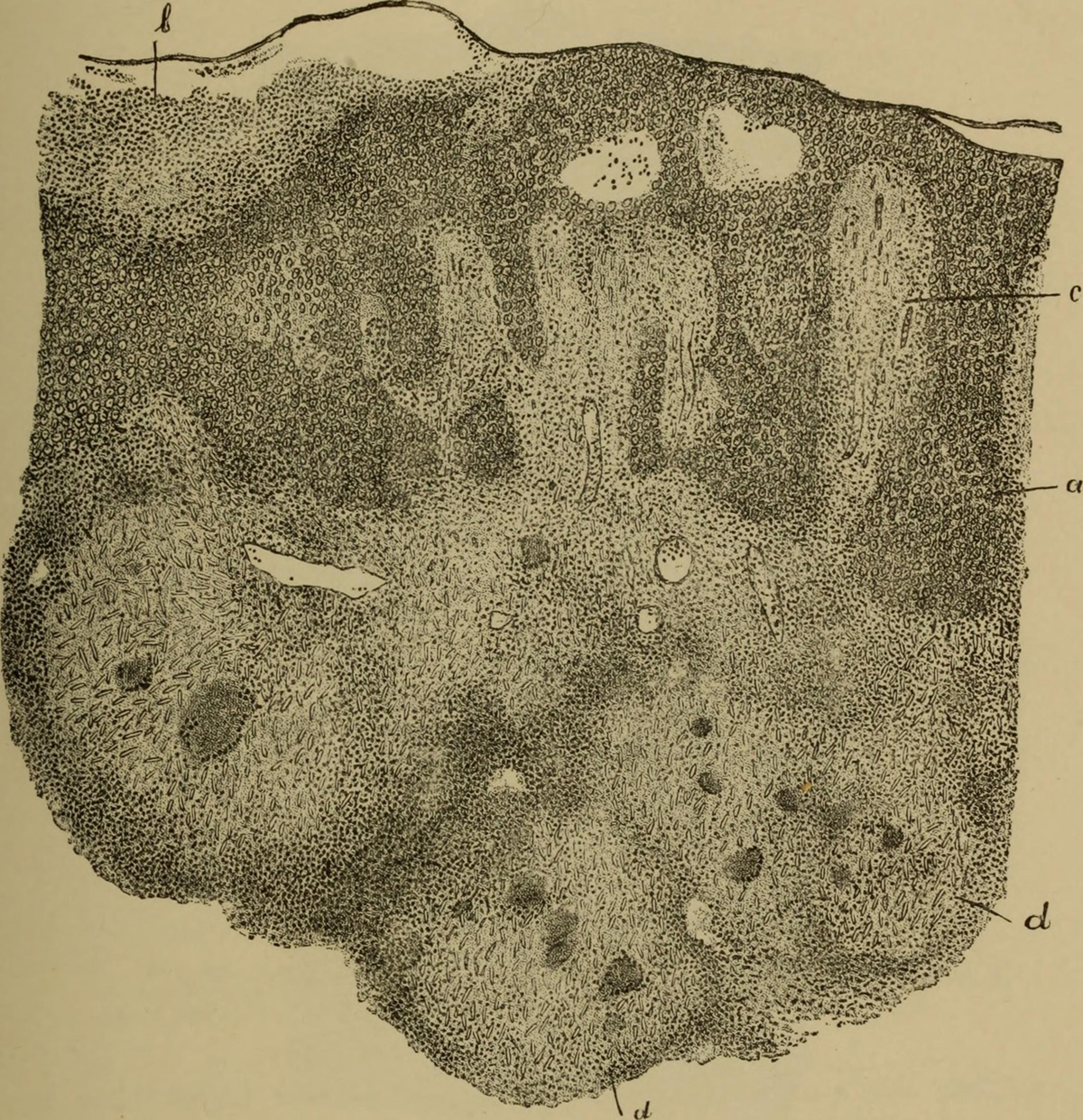
What is a verruca?
A verruca or plantar wart is a wart that appears on the sole of the foot. It is slightly raised and round, and the surrounding skin is thickened. It may have tiny black dots on it.
There can be just one verruca on the foot but they can also for a cluster. Those are called “mosaic warts”.
Verrucas are caused by strains of human papillomavirus. That virus can be found in many places that are damp, wet and warm, like swimming pools, saunas, Jacuzzi, public stalls and similar. Since the virus is virtually everywhere, it would be locigal that everyone has or have had a verruca sometime in their lives. A verruca actually occurs, if the virus penetrates the skin where it is broken, or if the immune system is weakened and unable to fight it off. Treatment for verrucas
Some verrucas go away on their own. This, however, can last a few years and most people are not willing to wait that long for this unsightly and frustrating problem to solve. There are several treatments that can help eliminate verrucas, and some of them can be done at home.
Some experts believe that an untreated verruca actually helps the body build a stronger immune system. If a person wants to leave his or her verruca, it can help to apply a small foam ring on it and attach it with a band aid so it does not hurt while walking.
Feet should be dry at all times. Damp environment is suitable for the virus and it may spread on the surrounding skin.
A verruca can be rubbed with emery board or pumice stone, although some experts believe that this can spread the virus.
Veruccas should not be scraped or cut with corn knife. This can damage the skin and cause an infection.
There are several over-the-counter remedies for verrucas and they are usually based on the same principle as those for corns and calluses. Most of them use salicylic acid and come in form of pain, gel or plasters soaked in this acid. Plasters are probably the most convenient. They should be applied to verruca and covered with soft foam padding that prevents friction and shifting of the plaster. They should be changed every day and it is recommended to soak the foot and rub the verruca with pumice stone before applying a fresh plaster.
Verrucas take more time to eliminate than corns and calluses and treatment can last for as long as 12 weeks.
Other treatments include silver nitrate or caustic pencil, which gently burns the wart, or freezing aerosol, which freezes is until it falls off.


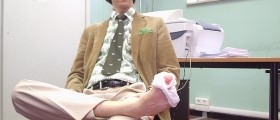
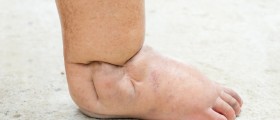
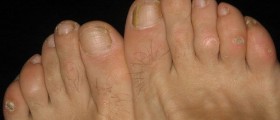

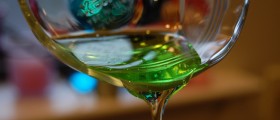
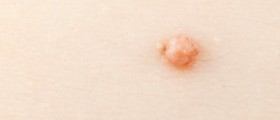
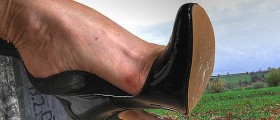
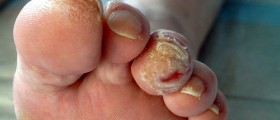
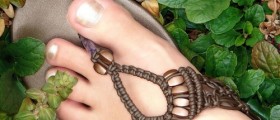



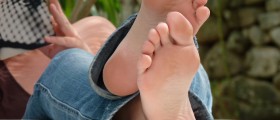
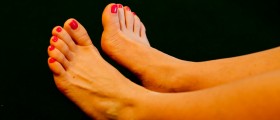

Your thoughts on this
Loading...